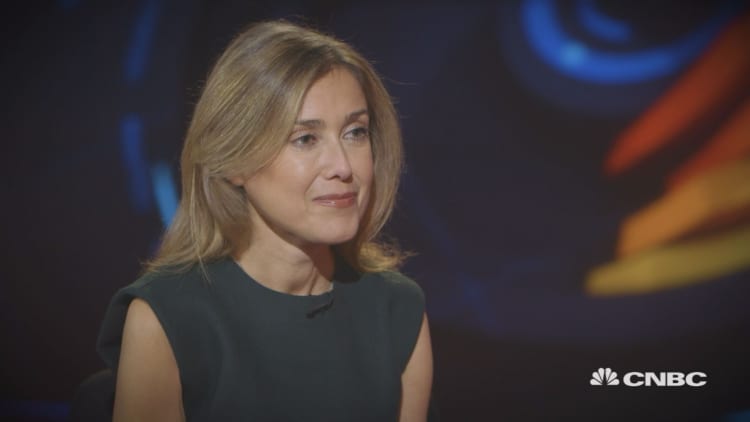
When it comes to Lego, the image of its colorful toy brick is often what comes to people's minds first — and it's an image that the company is not in any hurry to change.
"I know for sure that 30 years from now we will be focused on the core" of the physical brick, Julia Goldin, executive vice president and chief marketing officer at the LEGO Group, explained to CNBC.
In 2011, the Lego Group became the world's third-largest toy manufacturer when it came to sales.
However, following the success of The Lego Movie, the group reportedly became the world's biggest toymaker by revenues, after it posted first-half revenue figures that beat Mattel's in 2014; the Financial Times reported at the time. However, it hasn't just been the toy space that Lego has tried to expand into.
In recent years, Lego has broadened itself out into theme parks, movies, games and even renewable energy space — along with teaming up with the likes of Disney and Warner Bros.
So with success comes expansion and diversification, however at the heart of the Lego Group and its products, the toy bricks still remain.
Speaking on CNBC's "Marketing Media Money", while Goldin expects the experience of how children play and interact with the brick to evolve as tastes evolve, the company's core idea of the brick is "very enduring" and will continue to live on.
"We know that when kids play with Lego, when they build with Lego, they have an incredible experience that develops them — that gives them what we call '21st century skills' and at the same time they have fun and it stimulates their imagination."
"I don't think that there is a replica of that in the non-physical world."
And the evidence stacks up. In 2015 alone, some 72 billion Lego elements were sold in over 140 countries worldwide. According to Goldin, it's "incredible" how much the bricks can do: There are over 915 million different ways to combine six two-by four Lego bricks.
"What I see when I see kids engaging with Lego is exactly that kind of indescribable experience that is really engaging for them. They love to build," she said.
"And at the same time develop so many different other facets: their ability to express themselves, their ability to problem solve, their ability to break something and put it back together."
"It's just amazing what they can do with Lego and I think the endurance of that is what actually makes it continue to be so important to their life."
Marketing Media Money's interview with Lego's CMO will air on 10 November at 22:00 GMT



